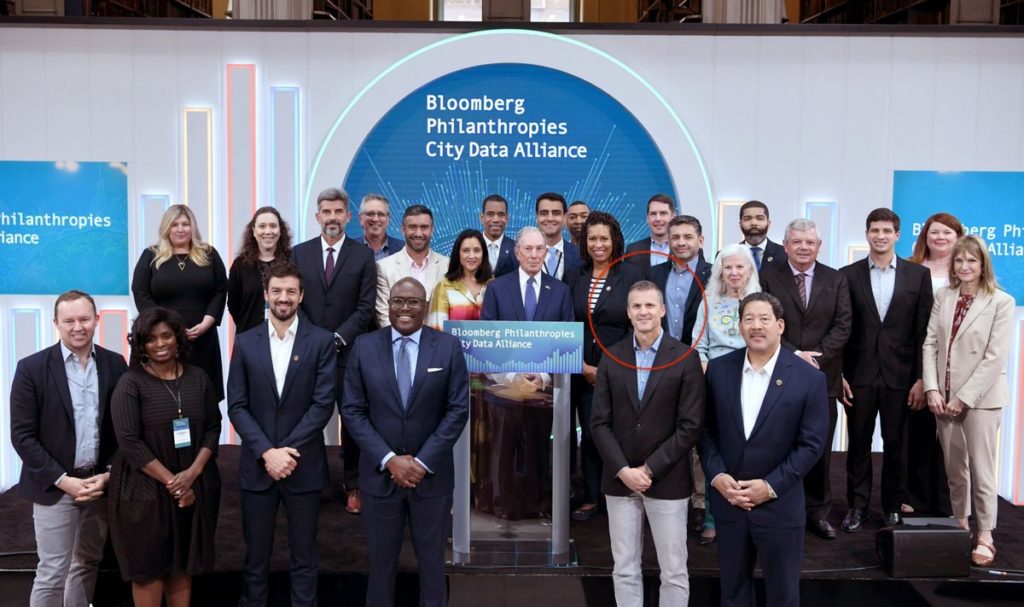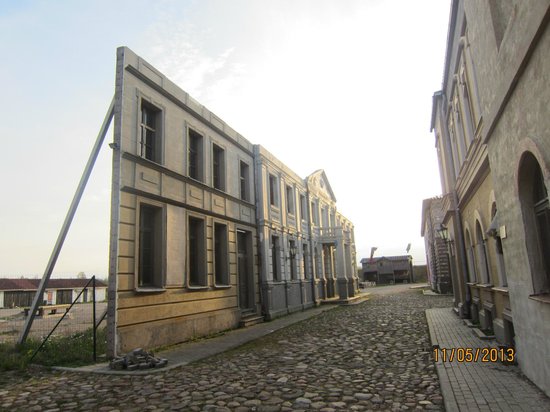UPDATE II: The mayor put out a brief statement about his trip. He didn’t mention that he took Shawn and Mark;
“Local government is the catalyst for community progress, and I know our City’s participation in the City Data Alliance will help us double down on our data efforts to ultimately benefit residents.”
So you have been participating in this program for several years now, wondering when you are going to start sharing those benefits with the citizens?
I also found it interesting that out of the 11 American mayors participating only one was Republican, TenHaken, and one Indy (who leans Democrat). All the other mayors were Democrat.
UPDATE: A South DaCola foot soldier pointed out to me after posting this earlier today that there is another issue with this trip.
The city pays a consultant for the software that helps with sharing data thru the Bloomberg initiative. As I understand it, that money DOES NOT go towards trips city employees or elected officials may take in coordination with Bloomberg.
‘IF’ and only ‘IF’ Bloomberg Philanthropies paid for the trip and NOT the taxpayers of Sioux Falls that is an ethics violation because of quid pro quo. By Bloomberg providing an all expense paid trip to the mayor of Sioux Falls, or ANY mayor or municipal employee for that matter, there is an appearance that Bloomberg provides these conferences and in return gets to use the data from the city, probably even sell it.
I am NOT sure who paid for the trip, but if it was Bloomberg, Paul and his cohorts have some explaining to do.


I’m wondering when they are going to start sharing information and data with the citizens?
I see that the city was not only represented by Mayor ONE, but the Public Works Director and the Finance/Tech Director at the conference. I wonder who was running the city . . .

I understand the concept behind the data sharing, but what I am curious about is how this is helping us in Sioux Falls? There have been NO major initiatives by this administration to use the data sharing with Bloomberg to improve our city. On Demand is a joke and will be repealed, so that doesn’t really count. But when it comes to crime, neighborhood cleanup, infrastructure, transparency, climate change, housing and better wages we sit at a standstill. Heck, we can’t even approve a mural!
So what do we get when the 3 most important people in city government spend a week yucking it up with Bloomberg?
We will never know.


